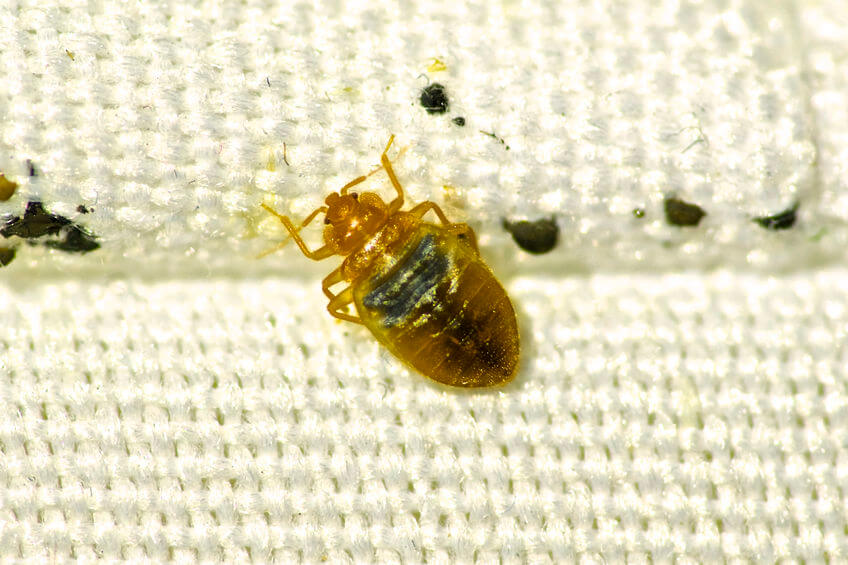A1 Bed Bug Removal Houston: Relied On Extermination Services
A1 Bed Bug Removal Houston: Relied On Extermination Services
Blog Article
Understanding the Lifecycle of Pests for Targeted Control Methods
Understanding the lifecycle of insects is a fundamental facet of efficient parasite monitoring strategies. By understanding the numerous phases of advancement that pests undergo, a more targeted and precise technique can be embraced to control their populaces. This understanding not only sheds light on the vulnerabilities within the bug lifecycle but also paves the means for carrying out critical measures that can interrupt their development and reproduction cycles. Through a deeper understanding of exactly how parasites flourish and develop, tailored control strategies can be designed to resolve certain factors in their lifecycle, ultimately resulting in even more successful bug administration results.
Value of Understanding Insect Lifecycle
Comprehending the lifecycle of insects is important for developing reliable and targeted control methods in insect management. By understanding the various stages a pest goes with from egg to adult, pest control experts can determine prone factors in the lifecycle where intervention can be most effective.
In addition, recognizing the certain environmental problems needed for each stage of the bug's lifecycle can lead choices on habitat alteration or exclusion techniques to decrease and interrupt the lifecycle parasite populaces. This knowledge allows pest monitoring experts to execute proactive actions instead of counting entirely on reactive therapies, causing more long-term and sustainable parasite control solutions. Eventually, a detailed understanding of bug lifecycles empowers insect control specialists to tailor their approaches successfully, making the most of and minimizing ecological effects control end results.
Key Phases in Pest Advancement
To effectively execute targeted control methods in parasite monitoring, an important aspect hinges on adequately determining and recognizing the vital stages in pest advancement. Bug development normally consists of numerous essential stages that are vital for their lifecycle and management. The first stage is the egg phase, where pests lay eggs that later on hatch out into larvae. Larvae then proceed into pupae, a phase where they undergo transformation prior to emerging as adult parasites. Recognizing these phases is important as it helps in identifying vulnerable points in the lifecycle where control measures can be most reliable.

Vulnerabilities in Bug Lifecycle
Throughout the numerous stages of an insect's lifecycle, distinctive susceptabilities emerge Check This Out that can be purposefully targeted for effective control procedures (A1 bed bug removal houston). One crucial vulnerability exists in the egg phase, where bugs are frequently extra susceptible to particular insecticides or organic control agents due to their soft outer shell, making them less complicated targets for intervention. Recognizing these susceptabilities in the bug lifecycle is important for creating efficient and precise control strategies that efficiently handle bug populations while decreasing environmental impact.
Implementing Targeted Control Actions

Carrying out targeted control procedures usually entails a multi-faceted technique. This might consist of habitat modification to make the atmosphere less hospitable to insects, such as getting rid of standing water for mosquito control or sealing access points for rodents. In addition, organic control methods can be utilized, where natural predators or virus are presented to maintain parasite populations in check.
Integrated Bug Management (IPM) techniques that incorporate numerous control measures in a coordinated and lasting way are often the most reliable in accomplishing long-term insect management objectives. By carrying out targeted control steps based on an extensive understanding of insect lifecycles, pest populaces can be successfully regulated while lessening threats to human health and the environment.
Enhanced Parasite Administration Practices
:max_bytes(150000):strip_icc()/Bed-bug-control-tips-and-tricks-2656377-e580f433c55a4a98826e429753062084.jpg)
Moreover, the consolidation of organic control agents, such as all-natural predators or virus of parasites, can help lower reliance on chemical pesticides and advertise a more balanced community. Implementing physical barriers and traps can likewise be part of improved insect management techniques, supplying safe and targeted remedies for parasite control. In addition, the use of pheromones and other semiochemicals can disrupt pest breeding patterns and communication, resulting in lowered bug populaces in time.
Verdict
By recognizing vital stages in bug advancement and susceptabilities in their lifecycle, targeted control steps can be applied to reduce insect populations. Boosted pest management practices can help decrease the dependence on broad-spectrum chemicals and promote even more eco friendly and sustainable pest control methods.
Comprehending the lifecycle see this website of bugs is essential for creating efficient and targeted control methods in bug monitoring. By understanding the various stages a bug goes with from egg to grownup, parasite control specialists can recognize prone points in the lifecycle where treatment can be most successful. Eventually, a complete understanding of insect lifecycles encourages bug control specialists to tailor their techniques successfully, maximizing and lessening environmental influences control end results.
By carrying out targeted control steps based on a complete understanding of bug lifecycles, pest populaces can be effectively managed while decreasing threats to human wellness and the environment.
By determining key stages in insect growth and vulnerabilities in their lifecycle, targeted control steps can be implemented to reduce pest populations.
Report this page